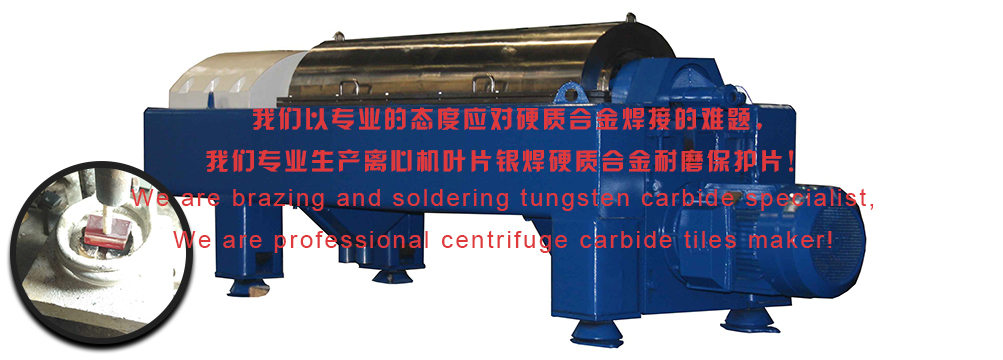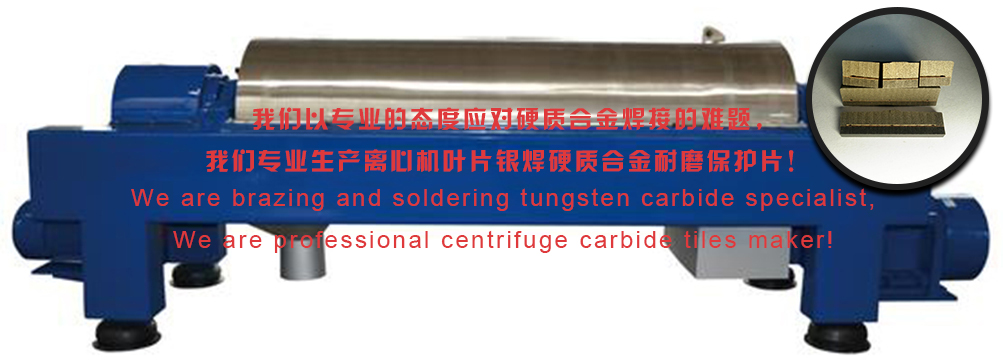
Add:No 681,west road of huan cheng,1122 ,
Contacterer:Tyler Yu 于虎
Telephone/Fax:86-574-88173605
Mible手机:86-18969805910
Email邮箱:tyler@nb-brilliance.com
Web:http://www.nb-brilliance.com
Why tungsten carbide is difficult to brazing and soldering 硬质合金为什么难焊接?
Tungsten carbide is known as "industrial tooth", high hardness and good wear resistance is its most important feature,
which is widely used in modern industrial fields, such as metal cutting tools, mining, drilling, oil drilling, coal cutter, geological exploration, and the wear surface of machine parts.
Tungsten carbide has very high hardness and wear resistance, but also has a good red hardness, that is to say, in high temperature environment it can still maintain a good hardness. However, the impact toughness and plasticity of tungsten carbide are low, and the thermal expansion coefficient is low, only half to 1/3 of the iron, which means the tungsten carbide is not so strong as it looks.
It also makes the tungsten carbide soldering with metal composite brazing are more prone to failure, if the soldering surface is larger, it is more difficult, a little mistake will lead to crack, The rate of qualified products is very low.
This means that great attention should be paid to the soldering process design in order to obtain good soldering quality!
硬质合金被称为“工业牙齿”,极高硬度和良好耐磨性是最主要的特点,这使其在现代工业领域有非常广泛的应用,比如金属切削工具、矿山采掘、凿岩、石油钻井、采煤截齿、地质勘探,以及耐磨损机械零件表面。
硬质合金具有极高硬度和耐磨性同时,还具有良好的红硬性,也就是说在高温环境下仍能保持很好的硬度。但是硬质合金的冲击韧性和塑性较低,同时热膨胀系数较低,仅为铁的一半到三分之一强,这就是硬质合金刚强背后的脆弱。
这也使得硬质合金和金属进行复合钎焊时比较容易出现失败,如果焊接面较大时,则更加困难,稍有不慎就会出现裂缝,成品率很低,勉强外观合格时,焊接强度也不高。
这意味想获得良好的焊接质量,必须高度重视焊接工艺设计!



